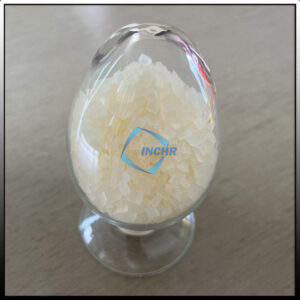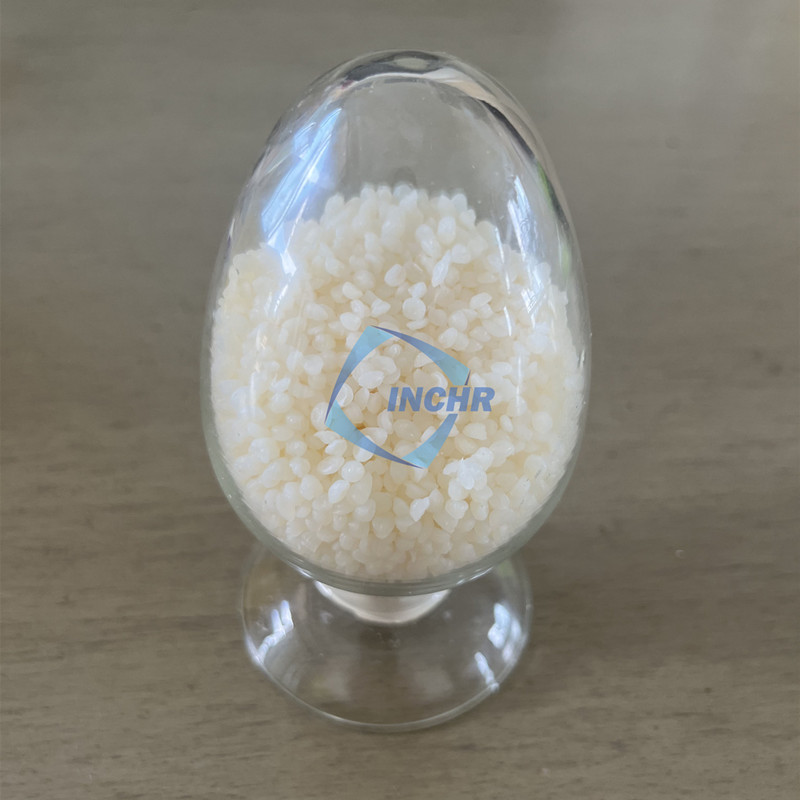Static electricity in polymers isn’t just a nuisance – it disrupts production, attracts contaminants, and even sparks safety hazards. For manufacturers seeking reliable solutions, antistatic additives for polymers are essential. This guide breaks down their types, benefits, and selection criteria for 2024.

Why Polymers Generate Static Charge
Polymers like PP, PE, and PET are inherently insulative. During processing (extrusion, molding) or end-use (conveying, packaging), friction builds surface charges up to 10,000-20,000 volts. Consequences include:
Dust adhesion compromising product purity
Machine jams from material clinging
Spark risks in flammable environments
Electronic component damage
3 Main Types of Antistatic Additives
Migratory (External) Additives
Mechanism: Migrate to polymer surface, attracting ambient moisture to dissipate charge.
Chemicals: Glycerol esters, ethoxylated amines
Best For: Short-term applications (e.g., packaging films, disposable products)
Permanent (Internal) Additives
Mechanism: Form conductive networks within the polymer matrix.
Chemicals: Carbon nanotubes, metallic fibers, conductive polymers
Best For: Electronics housings, medical devices requiring lifelong static control
Hydrophilic Polymer Blends
Mechanism: Incorporate hydrophilic copolymers (e.g., PEG-PA) to boost moisture retention.
Benefits: FDA-compliant options for food packaging
Key Benefits Beyond Static Dissipation
Improved Safety: Reduces ignition risks in explosive atmospheres (OSHA/NEC compliance)
Production Efficiency: Prevents film sticking to rollers (↑ line speed by 15-30%)
Product Quality: Eliminates dust-related defects in automotive/optical components
Cost Savings: Avoids secondary treatments (e.g., topical sprays)
How to Choose the Right Additive: 5 Critical Factors
Polymer Compatibility
Non-polar polymers (PP/PE) need surfactant-based additives; polar polymers (PVC, PET) work with ionic compounds.
End-Use Environment
High-humidity areas: Migratory additives suffice
Dry conditions: Permanent additives or carbon blends required
Regulatory Needs
Food contact: Opt for FDA 21 CFR or EU 10/2011 compliant agents
Electronics: Verify IEC 61340 standards
Processing Temperatures
Additives like ethoxylated amines degrade >200°C; metallic fillers withstand >300°C
Dosage & Cost Efficiency
Migratory additives: 0.1-2% loading ($5-20/kg)
Permanent additives: 5-20% loading ($30-100/kg)
💡 *Pro Tip: Test surface resistivity (ASTM D257) and decay time (MIL-B-81705C) to validate performance.*
2024 Trends in Antistatic Technology
Bio-based Additives: Soy-derivatives gaining traction in sustainable packaging
Nano-composites: Graphene-enhanced additives for transparent films
Multi-functional Agents: Additives combining antistatic + anti-fog + anti-scratch properties
Conclusion
Selecting antistatic additives requires balancing technical needs, compliance, and cost. Migratory types suit short-lifecycle products, while permanent solutions protect sensitive electronics. Partner with suppliers offering material testing support – this ensures optimal additive performance in your specific polymer system.




